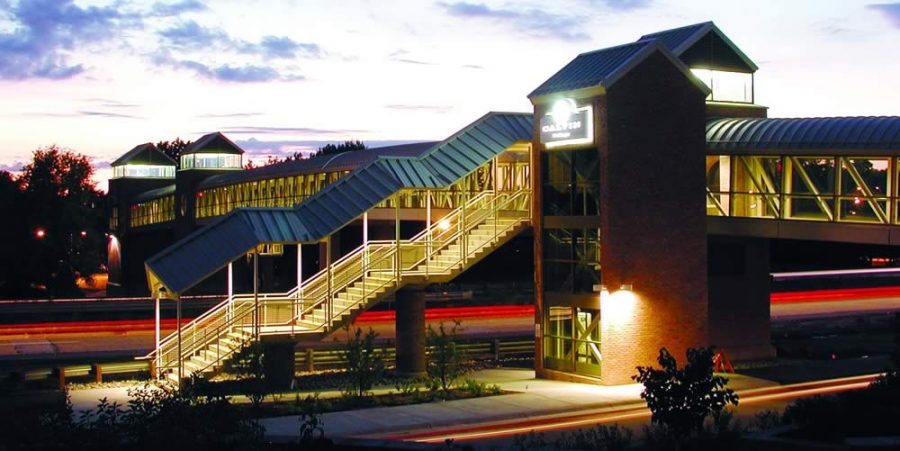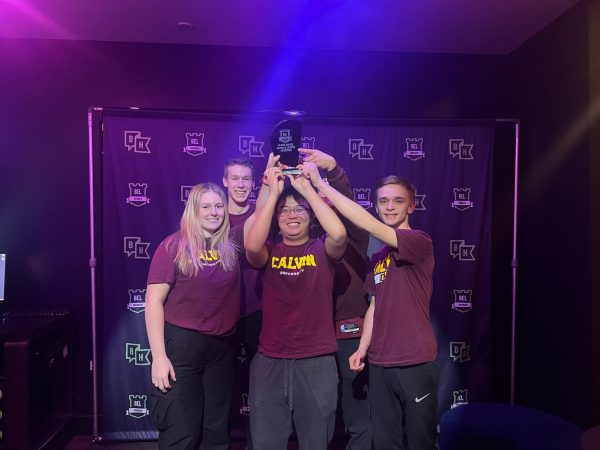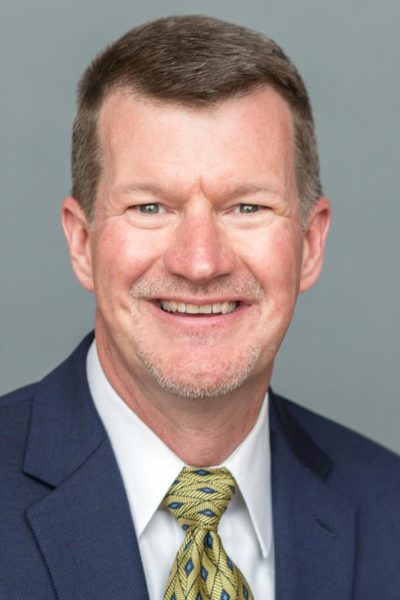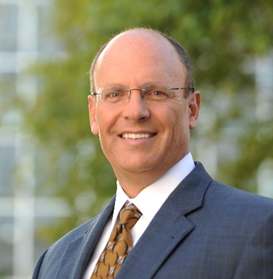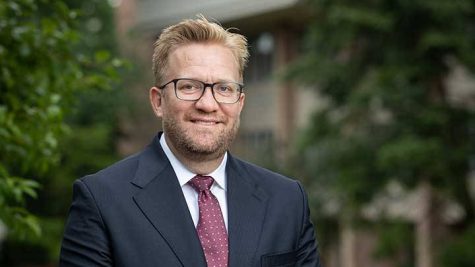Calvin admin. lays groundwork for university
Vision 2030 still in the planning phase
The Board of Trustees (BOT) approved Vision 2030 last May, which led to the announcement that Calvin would become a university by 2020.
The Vision 2030 statement says that “by 2030, Calvin will become a Christian liberal arts university with an expanded global influence. We envision Calvin University as a trusted partner for learning across religious and cultural differences and throughout the academy, the church, and the world.
“Calvin University will be animated by a Reformed Christian faith that seeks understanding and promotes the welfare of the city and the healing of the world. We welcome all who are compelled by God’s works of renewal to join us in the formative pursuits of lifelong learning, teaching, scholarship, worship and service.”
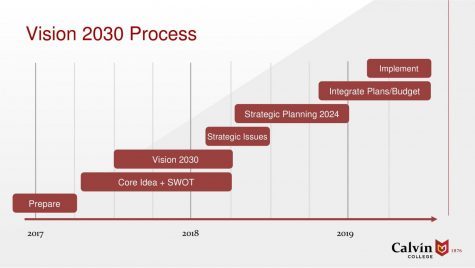
Over the summer, the advancement leadership team for Vision 2030 began to identify strategic options. Todd Hubers, vice president of people, strategies and technology, explained that process.
“We had four different working groups. One working group was looking at the structure of a university and how might we want to structure ourselves. Another group was looking at university programs. That was more looking at how would we go about deciding what programs we would offer. So what would the process look like as opposed to specific programs. Then we had another group that was looking at Reformed Christian witness in the word. What does it mean to be Reformed and what does it mean for our staff, our students, for our role in the world? The fourth area we looked at was ‘trusted partner.’”
The first three groups had three canvasses and trusted partners had four. These canvasses show the options in which Calvin can operate as a university.
Those 13 canvasses were presented at the fall faculty staff conference so that the advancement team could receive some feedback on them. With the help of that feedback, Hubers says the team has started the next phase of the planning timeline, which is to narrow the options down in time to present them to the BOT in October.
This is all still in the planning phase of of the timeline. Nothing will be implemented until July of 2019. Hubers predicts that this process can be thought of as a five year plan. Physically, there are not many changes that Calvin needs to undergo. Calvin already meets many of the criteria that an institution needs to be called a university.
“College and university mean less in terms of criteria in the US than it does in some other places,” commented Hubers. “You could have an institution that’s exactly like Calvin College and they could be a university.”
Calvin is not the only college making the change to becoming a university. Dordt’s announcement came shortly before Calvin’s.
“I didn’t know they were working on it. I don’t know if they knew we were,” said Hubers when asked about it.
In regards to the physical changes, there will be a date at which all the signs will need to be changed. Hubers explained that they will try to sync that change as well as they can. It is a change that will have to be made on campus, as well as to road signs that direct drivers to the campus. The website will also change at that time.
Faculty Senate and governance is also something that could change when the name does.
“There will certainly be a government structure,” said Hubers. “I would expect it to look somewhat different than it currently does. But it’s too early to know what that would look like.”
Hubers noted that the actual changes to Calvin as an institution will be slight. The change in name is a strategy to gain more international recognition. The demographic of students in the area has made enrollment competitive between colleges. Becoming a university is one way that Calvin is trying to get ahead of that competition.




